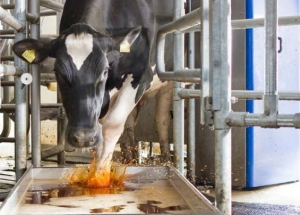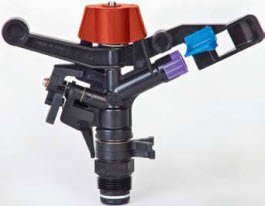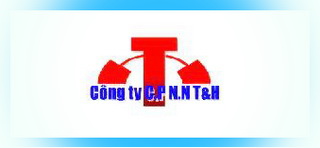The common disease of Dairy cows and treatments
Hoof care resources

1. Diagnosis – what is the problem, how big is it, which cows are affected?
You need to know what conditions (lesions) are causing your cows to be lame – for example, sole ulcers and digital dermatitis have different control strategies. Whether you already know this will depend on the quality of your existing records. If you have no records, we suggest examination of cows’ feet by a vet or foot trimmer. This should include all the current lame cows in the herd, and possibly some which appear “tender” on their feet and may be developing the early stages of lesions.
You also need to be aware of the scale of the lameness problem. We recommend scoring the whole milking portion of the herd for lameness, recording the identity of the lame cows so that they can be treated.
2. Risk assessment – what is causing the problem?
Once the main lesions have been determined, it is time to consider the risk factors which may be contributing to causing the problems. This can be done in a very detailed way, using the full risk assessment form, or in a less formal way, by considering the general areas of management likely to influence the main problems.
3. Action plan – what can be done about it?
Once the risks have been identified, start to consider what could be done to reduce or remove the risks. Make an action plan with specific points. Follow it!
4. Monitoring – is progress being made?
The situation needs to be regularly monitored, both to record progress, and to become aware of any changing situations. Quarterly locomotion scoring and a complete review annually are recommended.
























